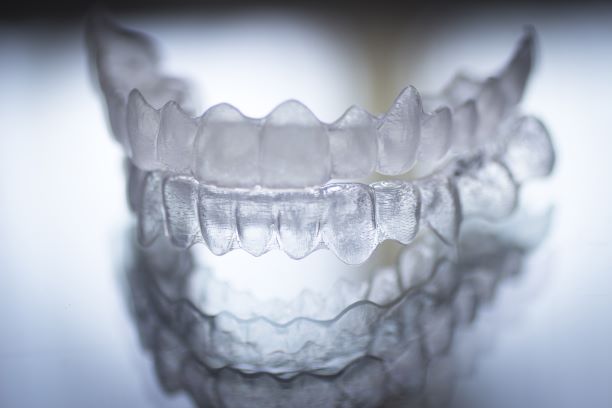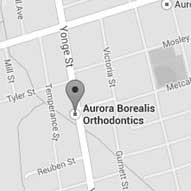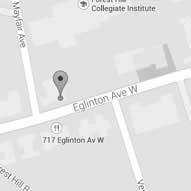
Every body wants braces these days, making them probably the highest demanded service in cosmetics today. Braces can reshape and re-arrange your teeth, so that they fit perfectly inside your jaws, the end result being a perfect smile. Unfortunately, it’s not all suns and roses when it comes to braces, as they come with a huge disadvantage … their looks.
Traditional metallic braces are quite ugly. Although they are very effective when it comes to end results, the journey itself is quite difficult. You would be wearing braces for about a year or two, and during that period you would suffer from their bad appearance, constant gum inflammation, and frequent injuries to the gums and cheeks. For these reasons, people are seeking more esthetic and comfortable options. The most requested – and rightfully so – is Invisalign.
What is Invisalign?
A technology that came along to fix all the problems of traditional braces. No more metallic brackets and wires. Invisalign uses a series of transparent plastic molds called aligners that fit the outer surface of the teeth perfectly, without being attached to them. The aligners apply pressure on the teeth, moving them to the desired location.
As you can probably imagine, Invisalign technology has a lot of merits. The biggest one is of course their appearance, as they are practically invisible. You can also remove them at will, making them a lot more comfortable, plus this makes teeth cleaning a lot easier and far more effective.
https://www.instagram.com/p/CH7r6NMqghe/
What comes after Invisalign treatment?
After the treatment is finished, The orthodontist would place a retainer for your teeth, as with any form of braces. A retainer’s job is to maintain the position of the teeth and avoid relapse.
Why do I need Retainers?
Our teeth and mouths are incredible structures. The teeth are situated inside the bones of the jaws, but not attached to them solidly. The periodontal ligament – an intricate system of ligaments and fibers – is responsible for maintaining the teeth in their position. In fact, it is because of that delicate structure that the teeth are able to move at all.
The periodontal ligament acts as a spring, pulling the teeth back to their original positions. This results in what is known as relapse, meaning a return to the previous state. Retainers hold the teeth in the new position long enough for these ligaments to adapt to their new location.
What types of retainers are used with Invisalign?
There are 2 types of retainers:
- Fixed retainers: A small piece of wire that is attached to the inner surface of the teeth.
- Removable retainers: plastic transparent molds that look exactly like the aligners.
In most cases, you would need both types after Invisalign treatment.
Where can I find a provider of Invisalign retainers near me?
If you live in or near Toronto, go online and search for “Invisalign retainers near me”. One of the first results you’ll find is Aurora Borealis Orthodontics. Dr. Hirsch and the team are ready to answer all your questions regarding Invisalign or braces. Aurora Borealis Orthodontics is located just around the corner in 740 Eglinton Ave. W., #202 Toronto, ON M5N 1C4. Give us a call on (416) 789-1231 to schedule your consultation with our expert team.






